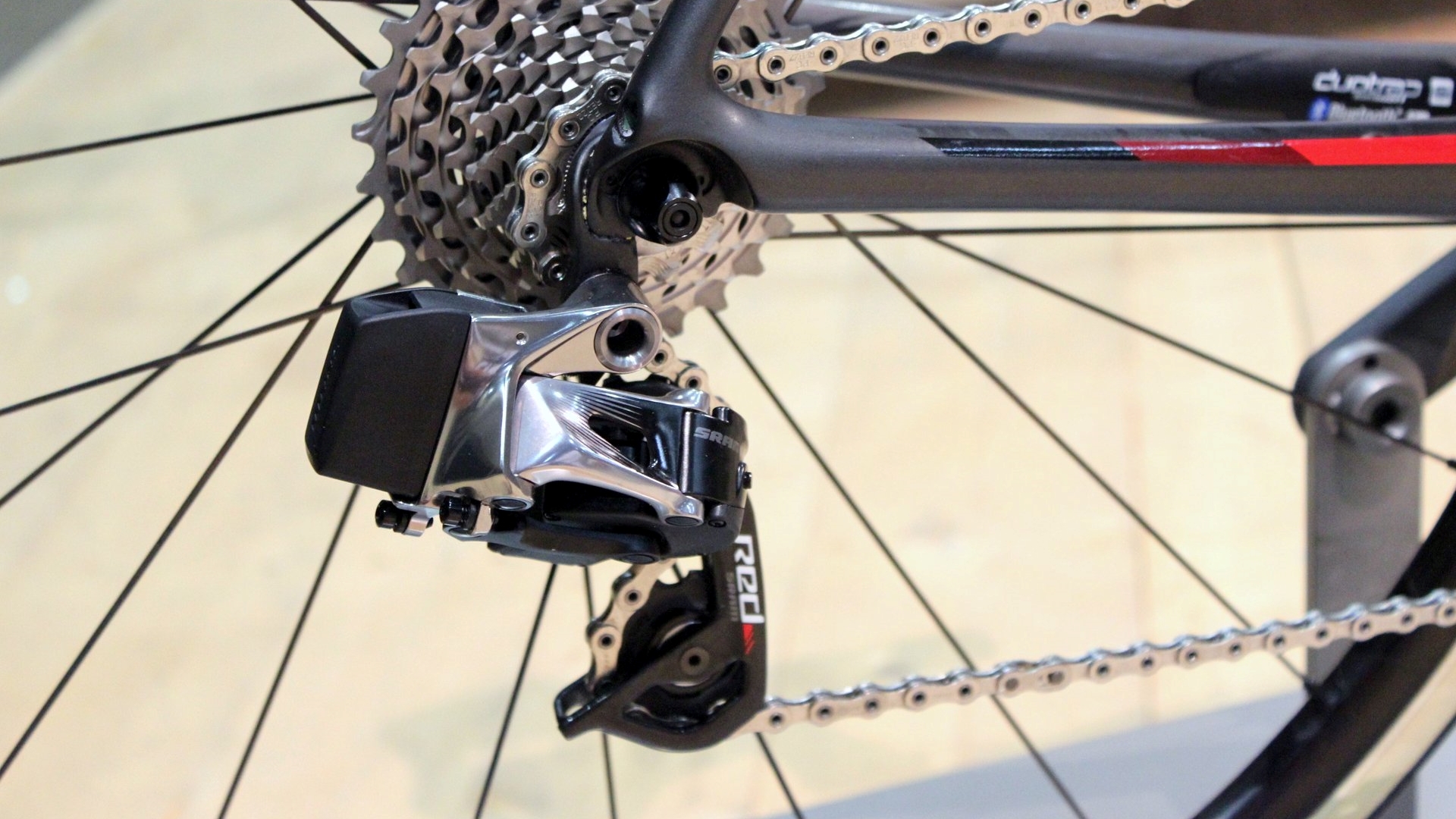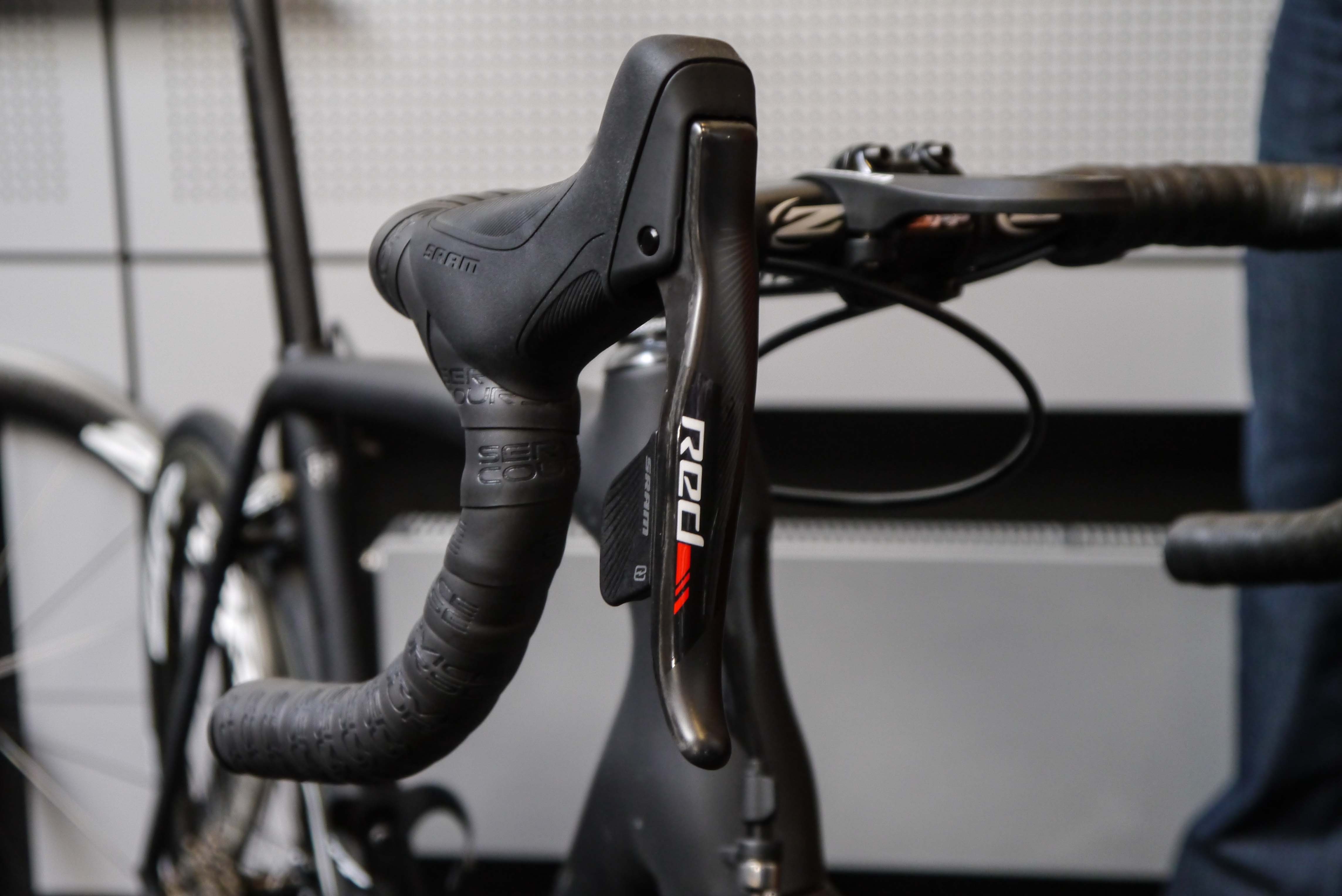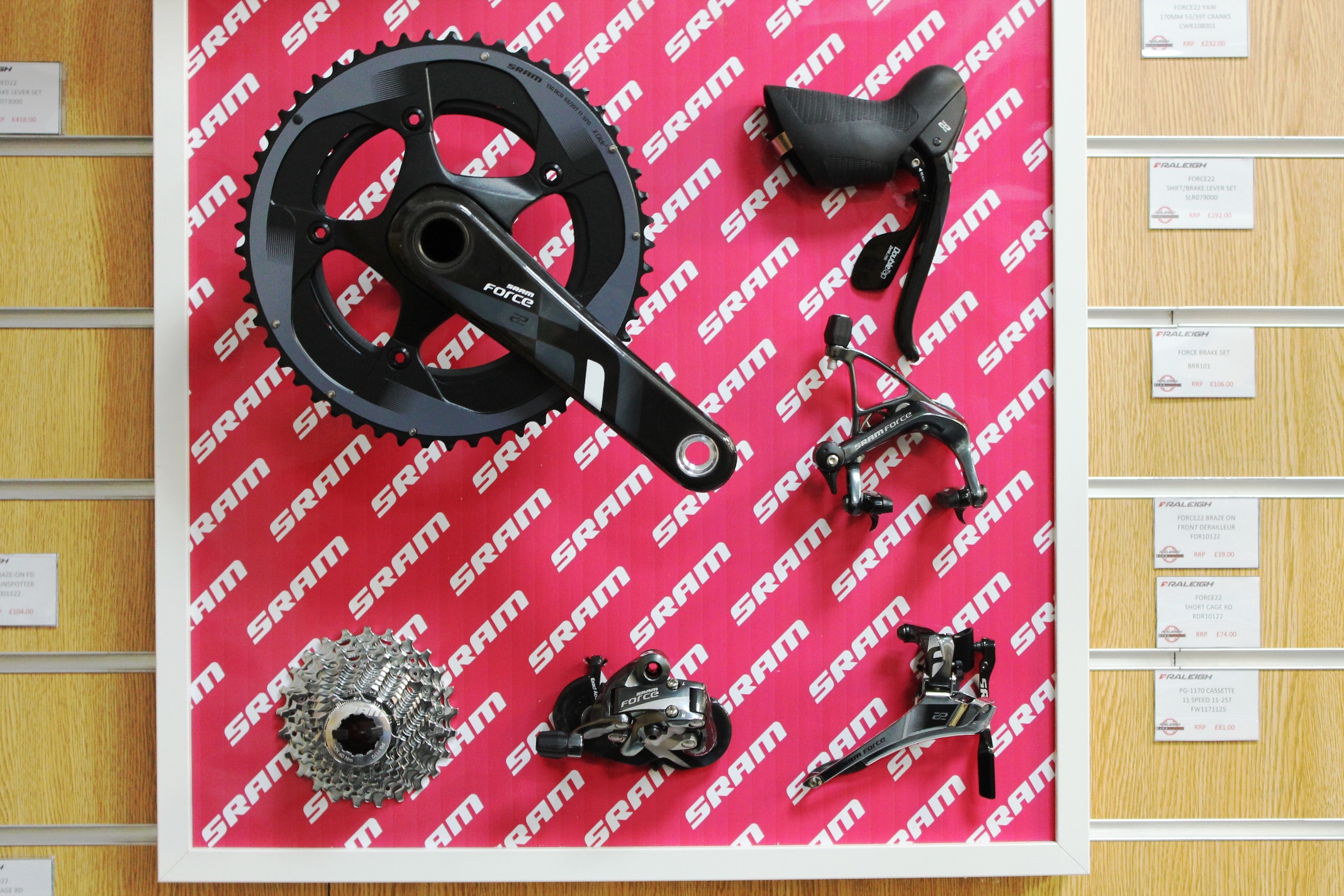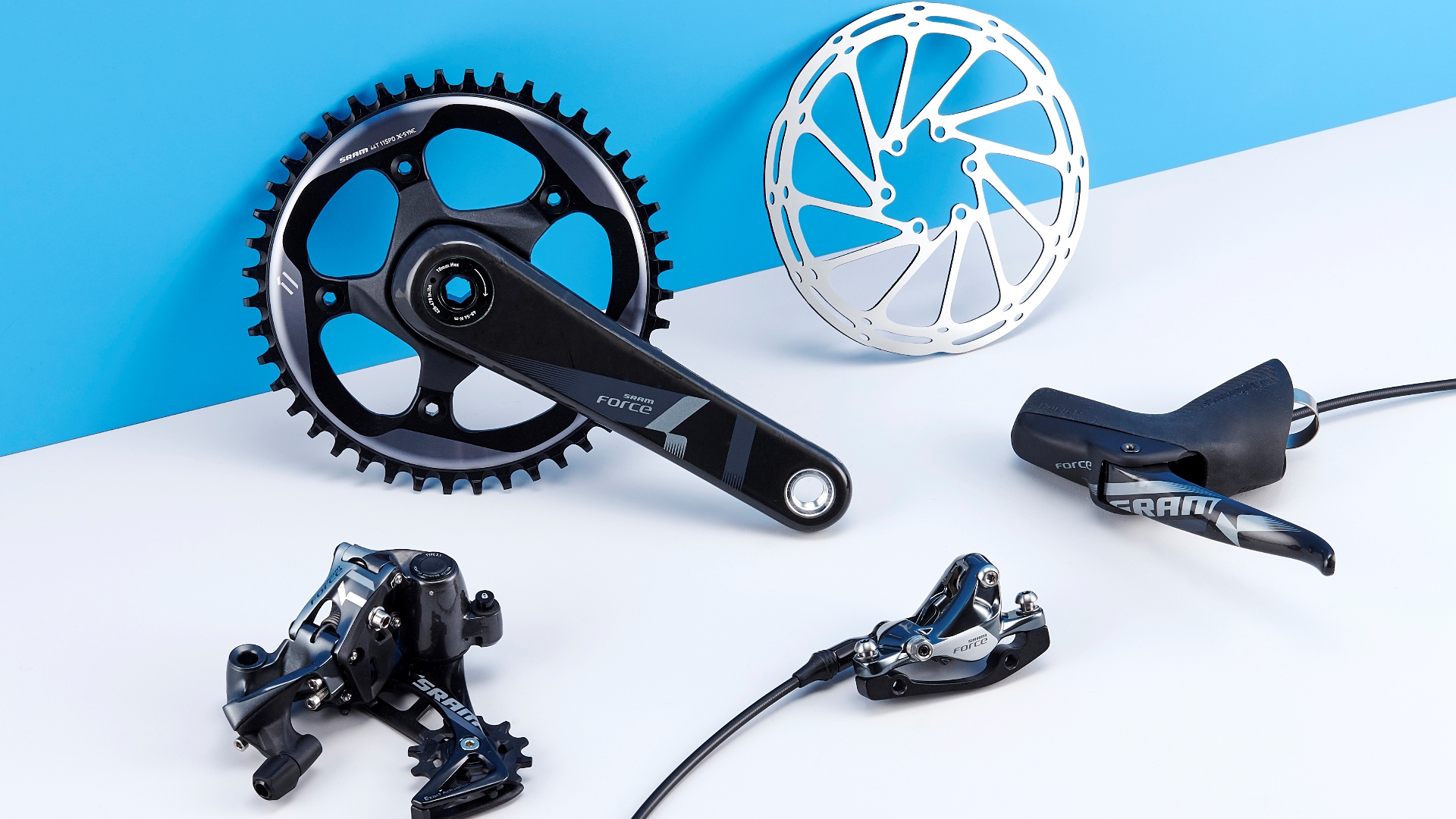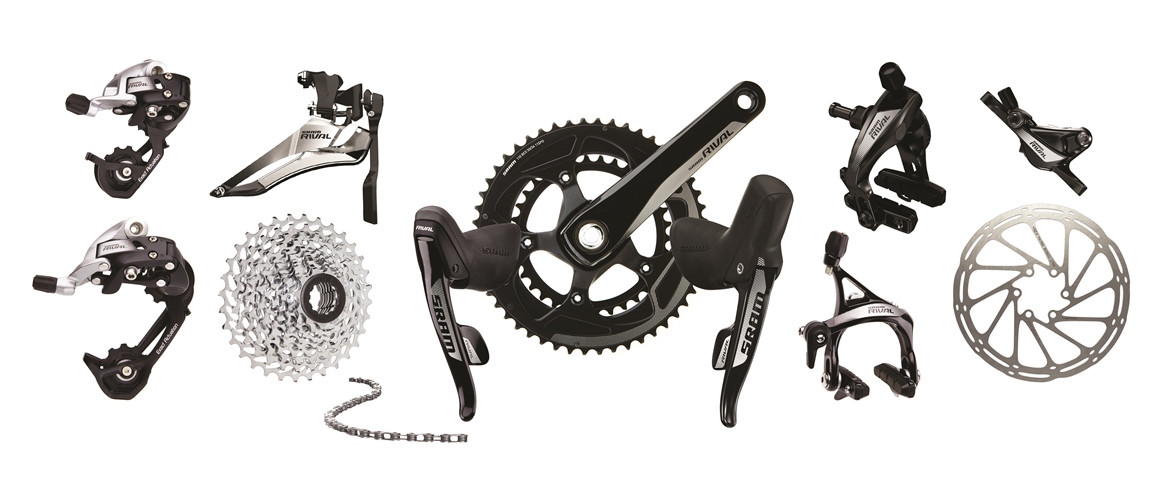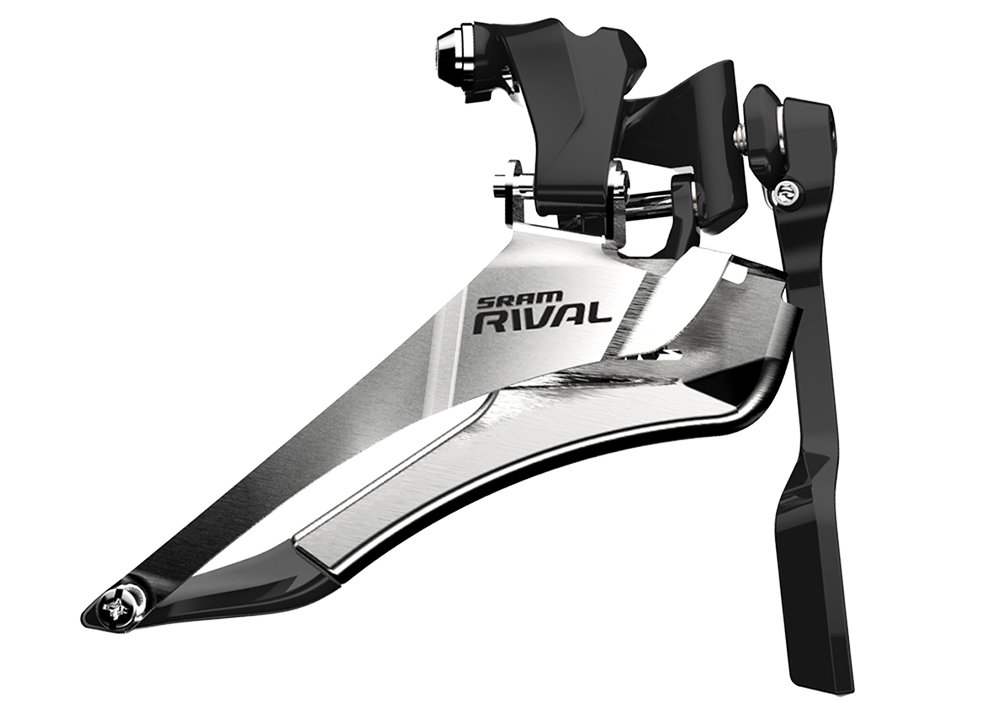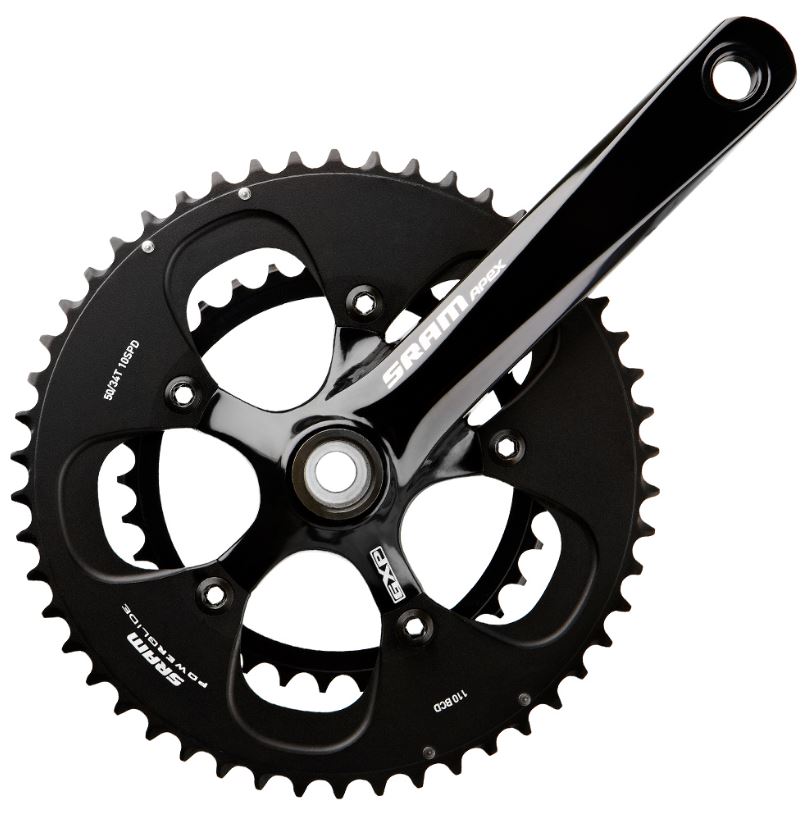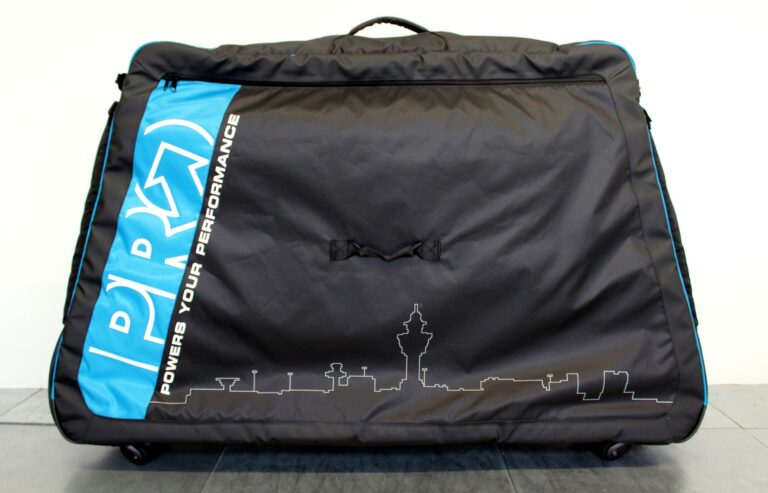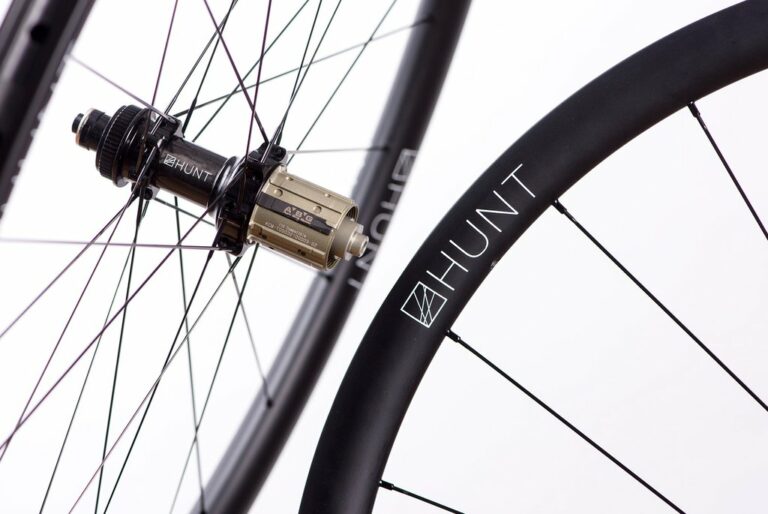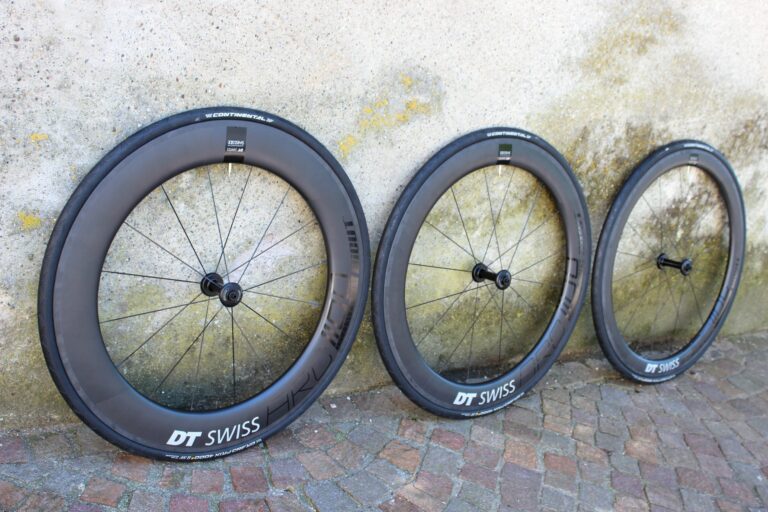Alongside Shimano and Campagnolo, American brand SRAM are one of the three major options for consumers when fitting their bike out with a brand new groupset.
Like Campagnolo, they’ve also got a small foothold in the OEM market, so while it’s most likely a new bike will be fitted with a Shimano groupset, there’s scope to narrow down your search to a SRAM-equipped bike if your heart is set on one.
– Thirteen of the best bikes with SRAM Red eTap –
There’s a lot to like about SRAM too. Aside from the DoubleTap shifting found on the majority of groupsets, which is markedly different to Shimano and Campagnolo’s shifting mechanisms, and their top level wireless electronic groupset, Red eTap, there’s a sense that if you have SRAM installed on your bike, it’s a choice that’s been made on purpose. It not only sets you apart, but there’s also the knowledge that that decision has been made for a reason – whether that be for performance or simple personal preference.
